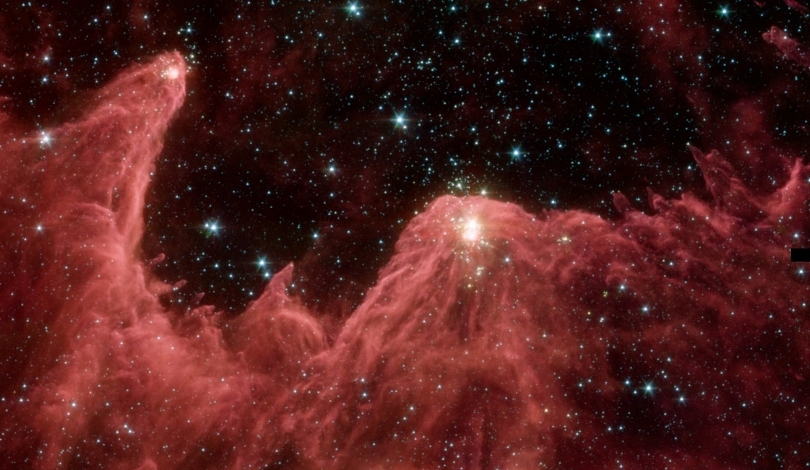Recent findings from the James Webb Space Telescope (JWST) have uncovered unexpectedly massive supermassive black holes (SMBHs) existing less than a billion years after the Big Bang. This discovery challenges existing theories about the growth and formation of such colossal entities in the early universe. The presence of these massive black holes at such an early stage suggests that our understanding of cosmic evolution may require significant revisions.
Early studies primarily considered stellar processes and mergers to account for the mass of SMBHs. However, new observations indicate that these mechanisms alone may not suffice to explain the rapid growth of SMBHs within the limited timeframe available after the universe’s inception.
What Challenges Do Early SMBHs Pose?
The discovery of billion-solar-mass black holes within the first 700 million years contradicts existing models that rely on gradual growth through mergers and accretion.
“The presence of supermassive black holes in the first cosmic Gyr challenges current models of BH formation and evolution,”
researchers highlighted, emphasizing the need for alternative explanations.
Could Primordial Black Holes Be the Key?
One proposed solution involves primordial black holes (PBHs), which are theorized to form from dense matter regions in the early universe. Unlike stellar-mass black holes, PBHs are not constrained by the life cycles of stars and could serve as the seeds for SMBHs. The research suggests that PBHs clustered in high-density dark matter halos could rapidly merge, leading to the formation of massive black holes observed by JWST.
How Will Future Observations Validate This Theory?
To test the PBH hypothesis, scientists plan to utilize the upcoming Einstein Telescope, an advanced gravitational wave observatory. Future detections of gravitational waves from PBH mergers could provide critical evidence supporting this model.
“During the runaway phase of the proposed seed formation process, PBH-PBH mergers are expected to copiously emit gravitational waves,”
the researchers explained, indicating a pathway for empirical validation.
Understanding the formation of SMBHs is crucial not only for astrophysics but also for comprehending the large-scale structure of the universe. The early emergence of these massive black holes influences the distribution of matter and the evolution of galaxies, highlighting the interconnected nature of cosmic phenomena. As research progresses, refining our models of black hole growth will enhance our broader understanding of the universe’s history and dynamics.
Future advancements in observational technology and theoretical models are essential to unravel the complexities surrounding SMBH formation. By integrating data from JWST and future gravitational wave observatories like the Einstein Telescope, scientists aim to piece together the enigmatic early stages of black hole development. This holistic approach holds the promise of resolving longstanding cosmic mysteries and expanding our knowledge of the universe’s formative years.










